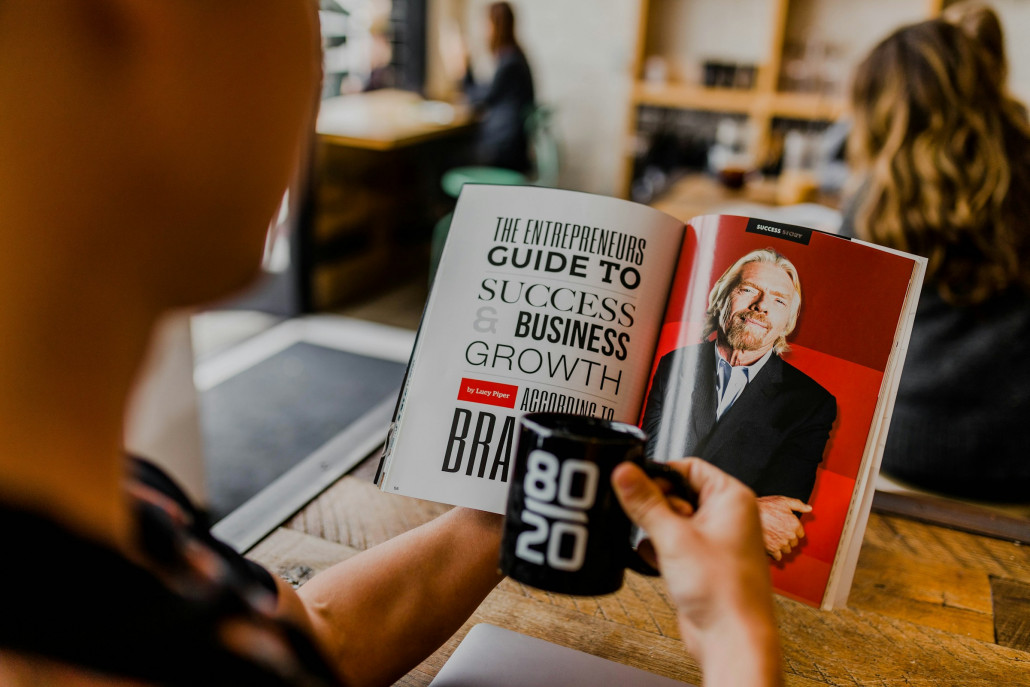Have you ever experienced that feeling when you’re indecisive about investing, like a dog whose tail is just going in circles? You may have spent hours analyzing stock charts and reading financial reports, only to hesitate at the last moment and ultimately miss out on the opportunity.
We have all been there. You might have an overall map but no GPS in any sense. You’d still get there, but it would doubtless take longer than desired and involve more U-turns than wanted.
There is more to investing than simply making the right decisions. You’ve got to make these calls steadily and with certainty. Building a better workflow is one of the best ways to get there. If you ever envied those investors who know it all, there is probably some solid system behind them. Organizing the investment process is not just about neatness; it can power up your results. Stay on, and we’ll show you how.
The Impact of a Well-Structured Workflow on Investment
Think of your investment strategy as a construction project with a blueprint; the results could be better. A well-thought-out workflow forms that blueprint, allowing you to see where you are going, reduce decision-making fatigue, and avoid many emotional pitfalls.
Take the readers of the Luke Lango Innovation Investor newsletter as an example. These readers not only navigate the chaos in financial markets but also use a structured and research-driven approach to capitalize on cutting-edge innovations. What’s their secret? Organized, step-by-step guidance allows them to approach each investment confidently, never a guessing game. It’s the difference between tossing darts at a board and using a laser pointer to hit the bullseye.
Integration of a workflow can smooth out each increment in the investment process, from research to execution to monitoring. This keeps you from catching up on market trends and keeps you committed to your long-term plan. Organized workflows let you rely less on gut feelings and more on data-backed decisions. It’s about creating a system where everything has a reason behind it, freeing your brain to focus on what matters most: making intelligent investments.
Common Mistakes Investors Make Without a Workflow
Have you ever attempted cooking something special without knowing the steps? Sure, it might work out if you’re lucky. But often, you either miss key ingredients or overcook something. That is basically what investing without a workflow is – in this case, you are doing guesswork, and when the stakes are high, it’s a surefire recipe for disaster.
The biggest mistake is when the investor flies by the seat of his pants, reacts emotively to market changes, or simply goes off on a whim. Without an organized system, keeping your primary strategy on track is hard. You may buy into the latest trending stock without appropriate research or hold onto a failing one because you must establish a clear exit strategy.
These are cumulative errors. You’re continually correcting this or that, always racing for short-term gain or repeating the same mistakes. This is what it feels like with no underlying workflow. Maybe you happen upon the correct route, but the odds go differently.
That is why it’s so important to have an organized investment workflow. This will prevent impulse decisions and help you focus on your long-term strategy.
Building an Effective Workflow to Invest Successfully
It may not be rocket science, but building an investment workflow does take an act of will. Consider this your attempt to prepare your investment playbook, where every step – from research to execution to review – is laid out for all to see and follow. Here’s a recipe to consider:
1. Determine Your Goals
First, define your investment goals. Is it retirement? Short-term gain? Your workflow should be designed to help you make decisions unique to your goals.
2. Break Down Your Research Steps
Most investors need to catch up in research, so they should break it down and consider which metrics genuinely matter to them: P/E ratios, growth projections, and dividend yield. To structure your research process, you could use automated templates and customize them to your liking. Whether analyzing a company’s financials or following market trends, having set processes ensures thoroughness and consistency.
3. Regular Checkpoints
Workflows are not just about getting from A to B but also about staying on course. The idea is to set checkpoints at regular intervals to gauge the performance of your portfolio. Did that stock you bought last quarter pan out? Does your investment mix still match how much risk you’re comfortable with? A good workflow means you are not just making decisions but regularly gauging the impact of those decisions.
4. Outsource When You Need To
Workflows will help you to know when to outsource. You might only need to manage specific parts of your investing process. Here is where workflow automation enables you to outsource the tasks to your team. You can also outsource research that consumes so much of your time or portfolio management to experts you trust.
Practical Benefits of Workflows in Investing
It may be chaotic when you are trying to juggle investments without having a workflow. On the other hand, if you have a properly developed process, it’s as good as watching a professional juggler keep multiple balls in the air with no effort.
When you implement a workflow, the benefits are immediate and tangible. First, you save time. Instead of drowning in the rabbit hole of financial reports and news articles, your workflow filters out the noise and keeps you focused on what matters. Instead of being overwhelmed by the volume of information, suddenly, you’re empowered by its clarity.
Firstly, it removes the stress from workflows. You have a defined system to go into your investments without constantly having to be on your toes as far as something critical can be missed. Proactive rather than reactive is the sort of control that allows you to think long-term, even when the short-term market looks bad.
Workflows could significantly improve your decision-making. Each move you make would be part of a larger strategy, which means you’re less prone to that emotional, knee-jerk decision. You can start to play the long game, which often leads to better returns and fewer sleepless nights.

Conclusion
Investment is not about being intimidating and does not need to be chaotic. With a structured workflow, you transform what could be a complex process into something organized, strategic, and even pleasurable. A well-systematized investment means you will save time, avoid expensive mistakes, and thus decide in the best interest of your long-term goals.
Whether you’re a seasoned investor or just starting, take the time to get the workflow right. The proper workflow could be what separates feeling lost from feeling in control. Now, are you ready to invest like a pro?

